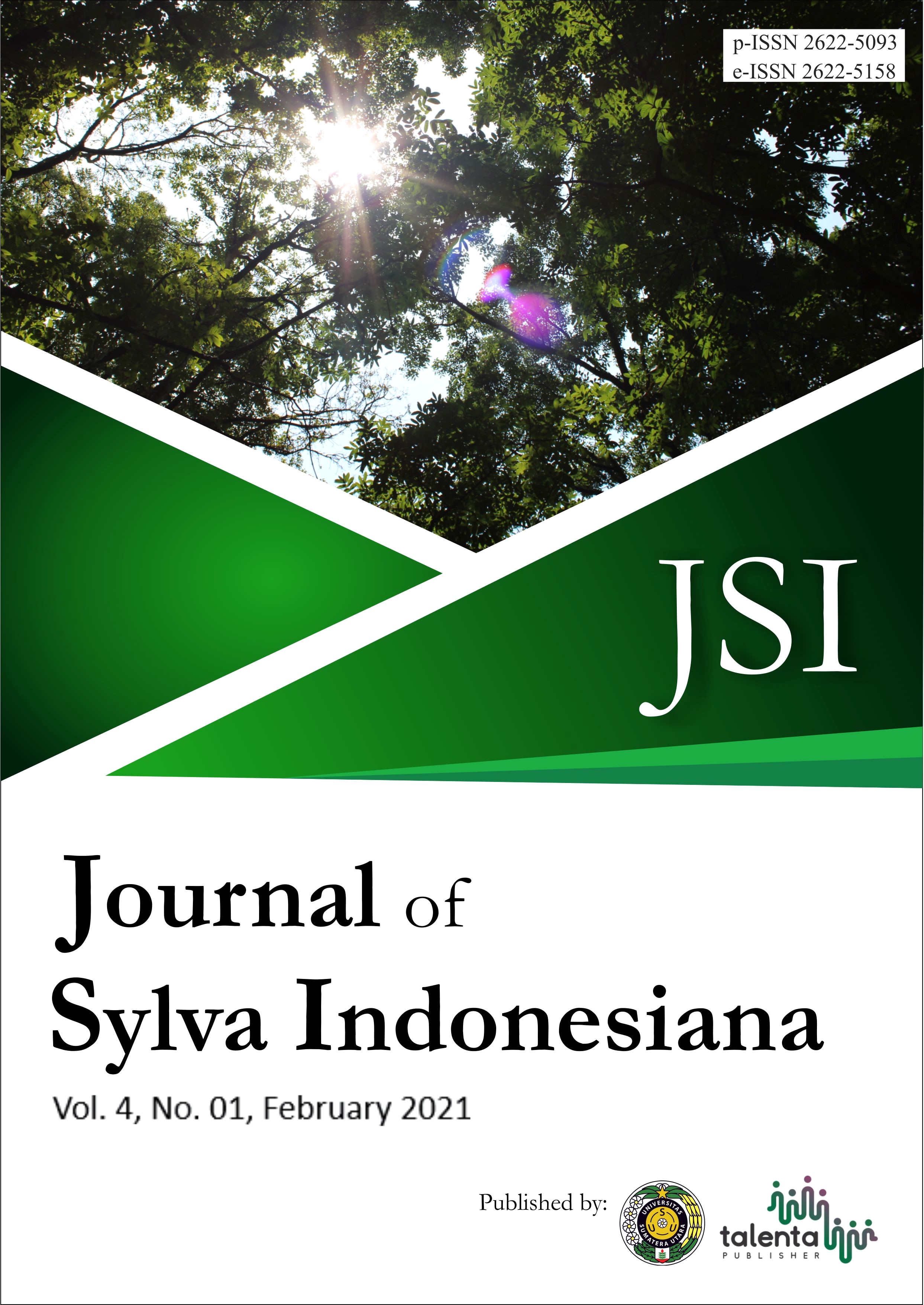Rainfall Observation and Utilization of Rooter System Technology to Increase Water Infiltration Rate in Urban Area
DOI:
https://doi.org/10.32734/jsi.v4i01.5555Keywords:
Intensity , Length of Rain, Puddle, Rainfall, Rooter SystemAbstract
Increasing and developing infrastructure in urban areas has resulted in decreased water infiltration quality into the ground. The increasing of settlement needs and raising its price has resulted in many water catchment areas changing their function unconsciously in urban areas. This condition was ultimately triggering the loss of opportunities for rainwater to into the ground. At present, when the rainy season arrives, almost all major cities in Indonesia experience flooding. The torrential rains that lasted just 1 hour were enough to cause relatively high inundation, which varied from 30 cm to over 1m. This study aims to analyze the intensity of rainfall and its impact on the potential for flooding in urban areas and how to overcome it by utilizing rooter system technology. The results showed that the 4-way rooter system technology's influence was considerable in reducing the water level. An experimental area of 100 m2 treated with a rooter system of 16 pipes with a water level of 40 cm can infiltrate stagnant water into the soil within 120 minutes. Meanwhile, in the same area without rooter technology, it takes 400 minutes to absorb water into the soil until the stagnant water is completely gone. This proves that the rooter system technology plays a significant role in accelerating water absorption into the ground, reducing the risk of flooding.
Downloads
Downloads
Published
How to Cite
Issue
Section
License

This work is licensed under a Creative Commons Attribution-NonCommercial 4.0 International License.



















